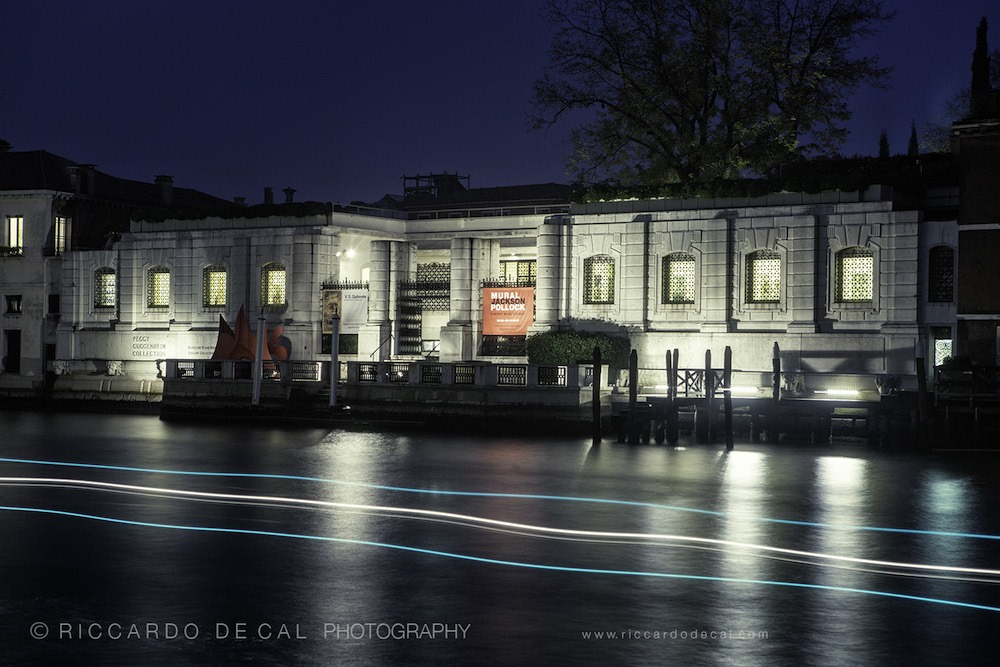So you’re a maker of artisan tiles, and a painter who intrepidly surfs the web, scouting out symbols that Carl Jung and Joseph Campbell thought we all might find meaningful on some level.
And you come across a photo. Of the artist Cy Twombly. In Rome, posing for a Vogue magazine article, the shot taken by Horst P. Horst in 1966.
But it’s not the artist, or even his paintings that strike you as the most interesting. No. It’s the floor and the patterns you find in its massive stone tiles.
So what do you do?
If you’re Justyn Livingston of Metolius Ridge Studios, you create a new line of tiles from what you see.
“He was rather handsome, fashionable and dressed well, and he’d juxtaposed his paintings with Roccoco furniture,” she says. “But on the floor were these stone patterns, on a scale so simple and graphic.”
Thus was born her Grafik Collection of tiles for walls and floors, borders and backsplashes. It’s a timeless look that’s at once familiar but new. The motifs have been used for centuries by artisans the world over.
“The clover pattern has been used by the Russian Orthodox Church, the Celts, the Moors, the Native Americans and the Christians,” she says.
She sees possibilities in putting the Grafik collection together with either traditional or contemporary interior design. In essence, it defies categorization at a time when designers are mixing things up.
“You won’t go back 20 years from now and say: ‘That’s so 2012,’” she says. “You can mix it up with your parents’ and grandparents’ stuff, and with new things too. It’s enduring – and European.”
Just like Twombly, the mid-century modernist, posing for Vogue in the Eternal City.
For more information, go to http://www.metoliusridgetile.com/
[slideshow id=798]


